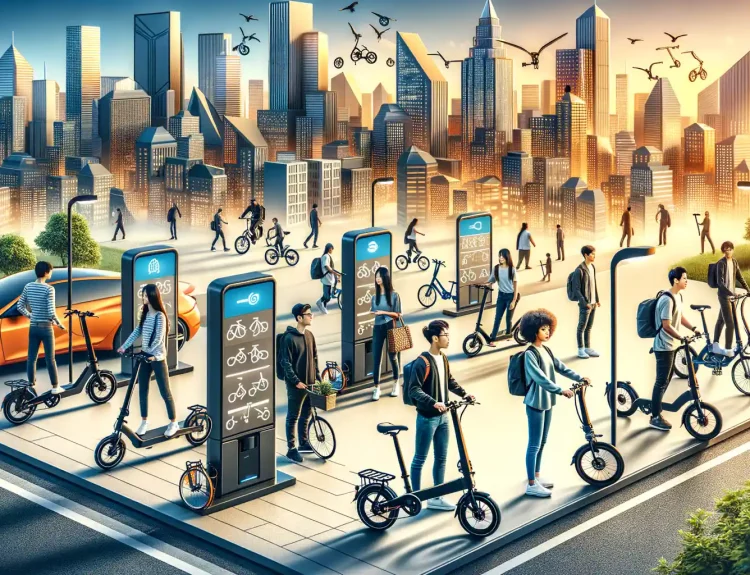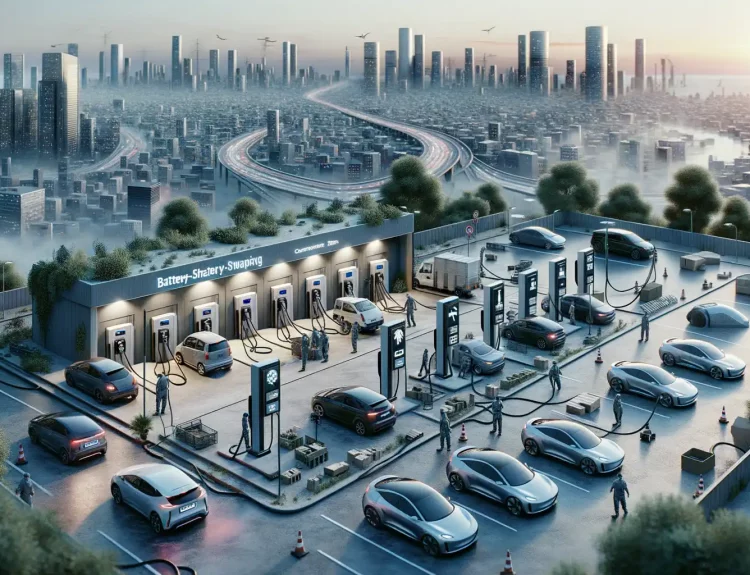Introduction to Smart Bike Helmets and Machine Learning
Imagine cruising through the city on your bike. The crisp air brushes against your face, you feel alive and free—until an unexpected car door swings open or a distracted driver edges too close. This is where smart bike helmets, powered by machine learning technology, step in to save the day. They’re not just gear; they’re like having an attentive guardian on your head, constantly analyzing and reacting to keep you safe.
How Smart Helmets Learn to Protect You
Let’s talk about their secret sauce: machine learning. Think of it as a brain inside the helmet, crunching vast amounts of data from sensors, cameras, and even GPS systems to recognize patterns and predict dangers. For example, it doesn’t just detect a car approaching—it learns what aggressive driving looks like or how traffic behaves in specific areas. It’s the kind of intelligence that’s almost intuitive but backed by data and algorithms rather than instinct.
What makes these helmets truly impressive is how they adapt over time. They might start with basic functions, like enhanced light signaling or fall detection, but thanks to machine learning, they grow smarter:
- Predict collisions: Sensors analyze distances and speeds to identify danger before you sense it yourself.
- React faster than human reflexes: Some helmets even give audio or haptic warnings when situations get risky.
- Personalized riding tips: Over time, they “learn” your habits and suggest safer routes or better behaviors.
Bikes and Tech: A Match Made for Safer Roads
At its core, this isn’t just about fancy gadgets. It’s a revolution in how we think about safety. Pairing high-tech solutions like machine learning with everyday items like helmets isn’t just cool—it’s visionary. Imagine a world where crashes are prevented, not just survived. That’s the promise of smart helmets, fueled by their ever-evolving AI companions.
How Machine Learning Enhances Road Safety Features

Turning Data Into a Guardian Angel on the Road
Imagine your smart bike helmet as a tech-savvy guardian always looking out for you. Thanks to the magical powers of machine learning, these helmets don’t just sit passively on your head—they actively learn and adapt to keep you safe. By analyzing mountains of real-time data, from road conditions to your riding patterns, they can predict risks faster than you can shout, “Watch out!”
One key innovation is crash detection that doesn’t rely on guesswork. For instance, algorithms process data from motion sensors to differentiate between a sharp turn and a genuine fall. The result? Immediate alerts sent to emergency contacts, potentially saving precious time during critical moments.
Busting Blind Spots and Enhancing Awareness
Riding in traffic feels like navigating a sea of potential hazards, but machine learning is here to make it smoother. Consider the power of AI-driven cameras:
- They scan for speeding cars, pedestrians, or even wildlife crossing your path.
- They provide instant audio or visual alerts, helping you react in a flash.
It’s like having an extra set of eyes—ones that never blink or get distracted. Isn’t that the kind of riding companion every cyclist dreams of?
Key Technologies Integrated into Smart Helmets

Advanced Sensors: The Foundation of Smart Helmets
When you think of a smart helmet, imagine it as the brainiest companion perched on your head. At its core, advanced sensors play the starring role. These tiny marvels—like gyroscopes, accelerometers, and even heart rate monitors—are constantly at work, reading the world around you and within you.
For example, let’s talk about the accelerometer. It can detect sudden changes in motion, like if you brake hard or, heaven forbid, take a spill. It’s not just passively watching; it’s alerting systems that could notify emergency services in seconds. And those gyroscopes? They help track your balance and orientation, creating smoother communication between your movements and related safety features.
But the real kicker is biometric sensors. They’re essentially spies, but the helpful kind. Monitoring things like your breathing rate or heart activity, they ensure you’re okay to keep pedaling—or signal when stress levels rise dangerously high.
Smart Connectivity and Machine Learning Magic
But what’s a sensor without a brain to process its findings? Enter machine learning algorithms, working behind the scenes to make sense of this avalanche of data. Through Bluetooth and WiFi connectivity, your helmet isn’t just “smart”—it becomes part of your ecosystem.
- GPS integration for precise navigation and route optimization.
- Real-time traffic analysis to warn against approaching vehicles or crowded routes.
- Voice assistants and hands-free options to keep your focus on the road.
And here’s where it gets personal: these algorithms actually learn your habits over time. If you frequently bike through high-traffic areas, your helmet can offer optimized path suggestions based on your patterns. It feels less like tech and more like having a co-pilot who gets you.
Current Trends and Innovations in Smart Helmet Technology

The Coolest Tech Shaping the Future of Cycling Safety
Smart helmet technology is charging ahead, blending cutting-edge features with sleek designs to keep you safe and stylish. One trend stealing the spotlight? **Augmented Reality (AR) displays**. Imagine glancing at your visor to see real-time navigation arrows or even alerts about cars approaching from behind—it’s like having your own Iron Man HUD while cycling through the city!
Another innovation reshaping helmets? **Advanced voice assistants** powered by machine learning. These aren’t your average assistants; they learn your habits, understand complex commands, and help you manage everything from route planning to calling loved ones—hands-free, of course.
Let’s not forget the rise of **biometric sensors**. From monitoring your heart rate to detecting signs of fatigue, these helmets now act like a mini-doctor on your head. Combine this with AI-driven crash detection and automated SOS alerts, and your helmet becomes your ultimate safety wingman.
- LED communication systems: Use lights to signal turns or braking to nearby drivers.
- Noise-canceling microphones: Cut through wind noise, ensuring crystal-clear calls mid-pedal.
This isn’t just tech—it’s an evolving relationship between you, your bike, and the road.
Future Applications and Challenges of Machine Learning in Smart Helmets

Revolutionizing Rider Safety: What’s Next?
Imagine a future where your bike helmet feels like an extra brain—one that constantly learns and adapts to keep you safe. With advancements in machine learning, that reality is closer than you think. Picture a system that not only detects accidents but predicts them. Yes, *predicts*. By analyzing patterns in your riding behavior, weather conditions, or local traffic patterns, these helmets could one day warn you before danger even has the chance to strike.
But this brave new world isn’t without its hurdles. For starters, there’s the challenge of managing the sheer volume of data required for such real-time learning. Think about it: every twist, turn, and obstacle logged. And then there’s privacy—how do we balance embedding advanced AI with respecting a rider’s right to their own personal data?
- Even more exciting, though, is the possibility of integrating these helmets with urban infrastructure. Imagine receiving alerts synced directly from smart traffic lights!
- Could helmets eventually communicate with autonomous vehicles, creating a seamless safety network? It’s an exhilarating thought.
Facing the Challenges Ahead
Still, the road ahead isn’t entirely smooth. Engineers need to finesse battery life, ensuring that all these high-tech systems don’t leave riders stranded with half-functional helmets just when they need them most. Plus, affordability remains a sticking point. How do we bring these features to mass market without turning them into a luxury item?
At its core, though, the goal remains simple yet profound: to make every ride smarter, safer, and brimming with possibilities.



